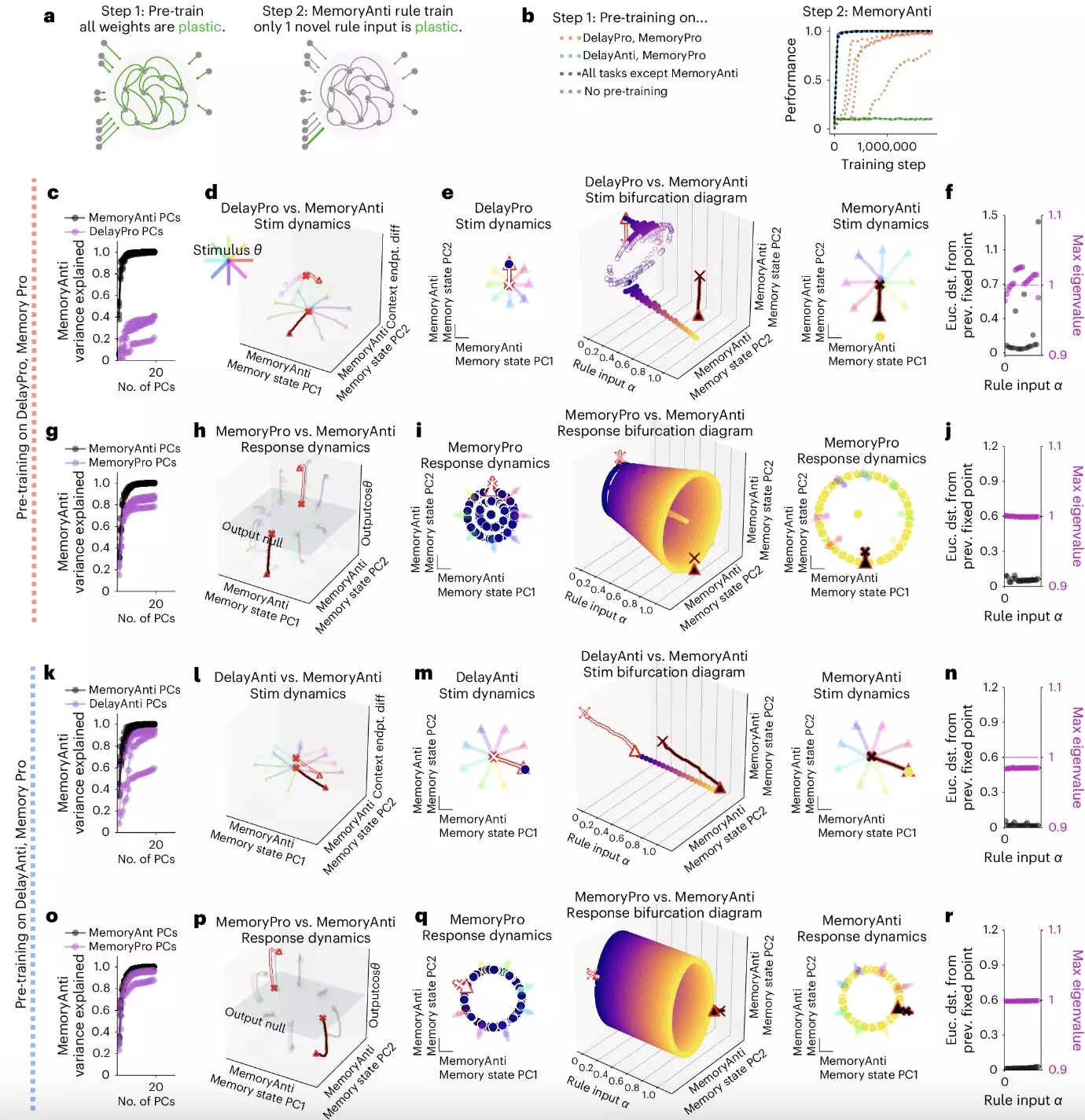Cognitive flexibility is a crucial aspect of human intelligence that allows us to switch between different thoughts and concepts rapidly. This ability is essential for multitasking, learning new skills quickly, and adapting to new situations. While artificial intelligence (AI) systems have made significant advancements in recent years, they still lack the cognitive flexibility that humans possess. A better understanding of how neural circuits support cognitive flexibility could pave the way for developing more flexible AI systems.
The Study on Dynamical Motifs
A group of researchers from New York University, Columbia University, and Stanford University conducted a study in 2019 to train a single neural network to perform 20 related tasks. The research, recently published in Nature Neuroscience, aimed to investigate the mechanisms underlying the computations of recurrently connected artificial neural networks. The researchers identified a computational substrate within these networks that enables modular computations, referred to as “dynamical motifs.”
The study revealed that dynamical motifs are recurring patterns of neural activity that implement specific computations through dynamics, such as attractors, decision boundaries, and rotations. These motifs were found to be reused across tasks, indicating their importance in facilitating modular computations. For example, tasks requiring memory of a continuous circular variable repurposed the same ring attractor, highlighting the versatility of dynamical motifs in handling different tasks.
Analyses conducted on convolutional neural networks showed that dynamical motifs are implemented by clusters of units when the unit activation function is restricted to being positive. Lesions to these units were found to have a detrimental effect on the networks’ ability to perform modular computations. The researchers also noted that motifs could be reconfigured for fast transfer learning after an initial phase of learning, signifying their role as a fundamental unit of compositional computation.
The discovery of dynamical motifs in neural networks opens up new possibilities for both neuroscience and computer science research. Understanding the role of these motifs could lead to a deeper insight into the neural processes underlying cognitive flexibility. This knowledge may also inform the development of new strategies that mimic these processes in artificial neural networks, thereby enhancing their ability to handle multiple tasks effectively.
The study on dynamical motifs in artificial neural networks sheds light on a crucial aspect of cognitive flexibility that could revolutionize the field of AI. By unraveling the computational strategies that underlie modular computations, researchers are one step closer to developing more flexible AI systems. The integration of dynamical motifs into neural network architectures may hold the key to unlocking the full potential of AI technology in the future.


Leave a Reply